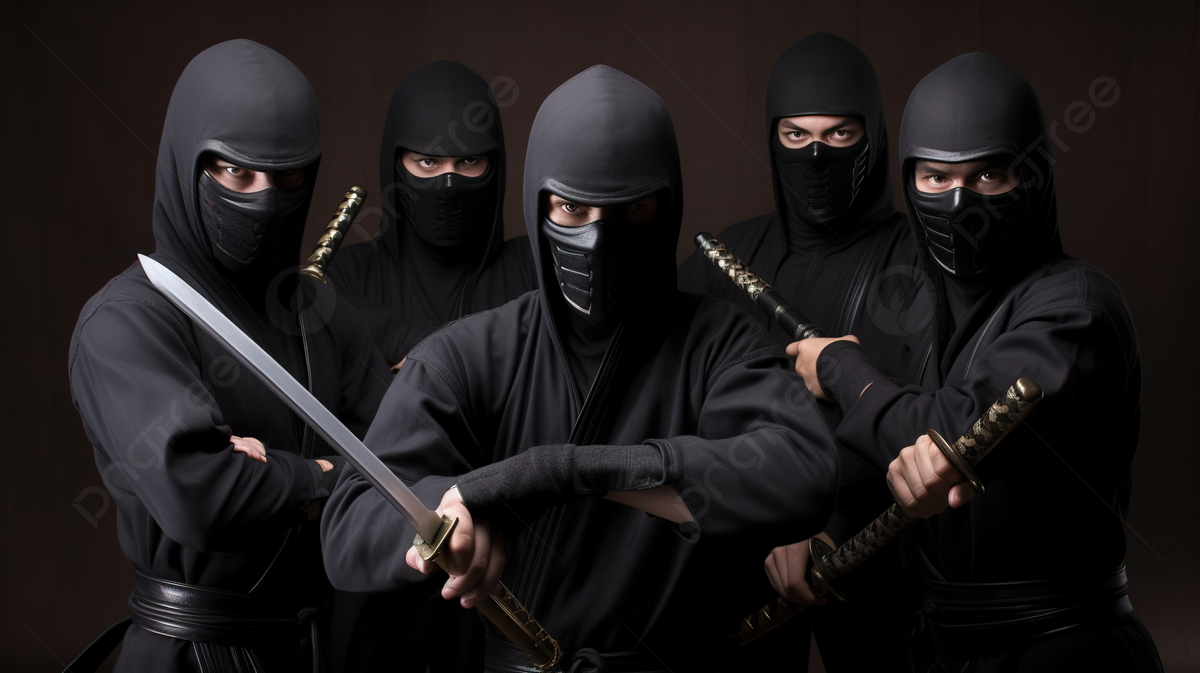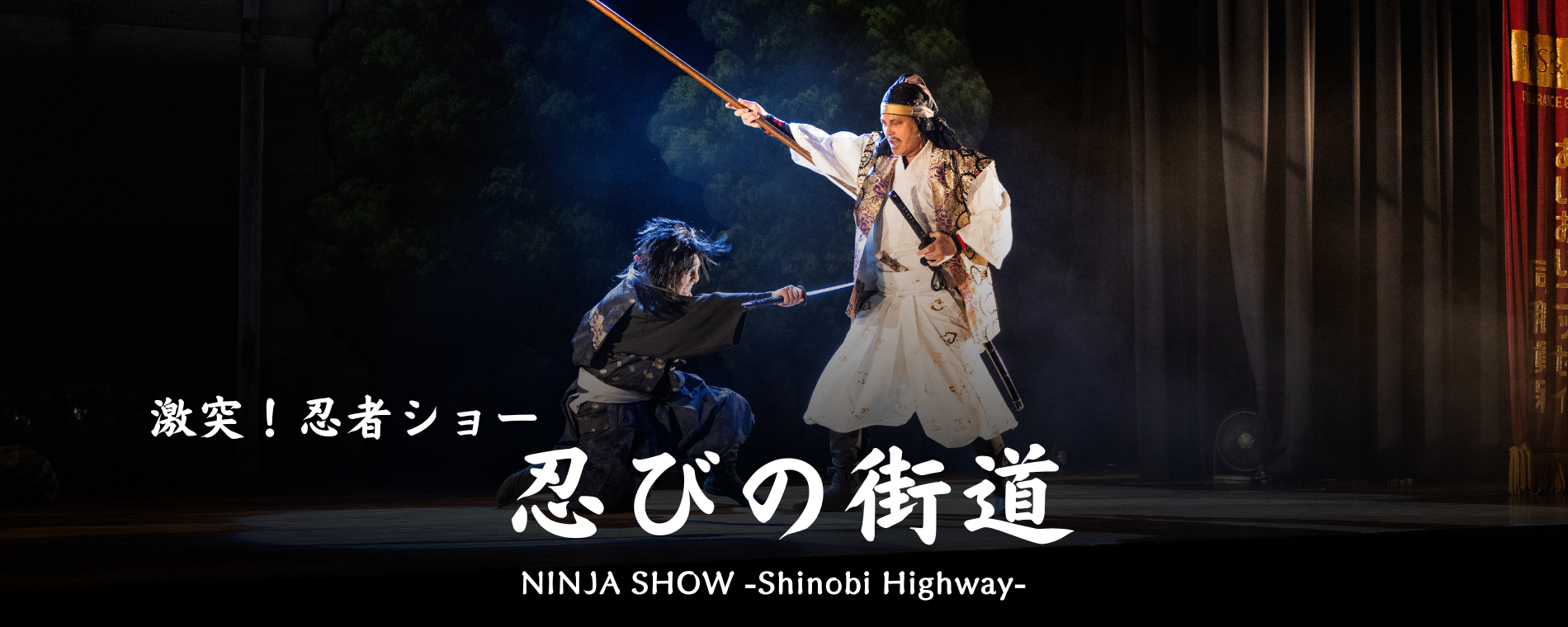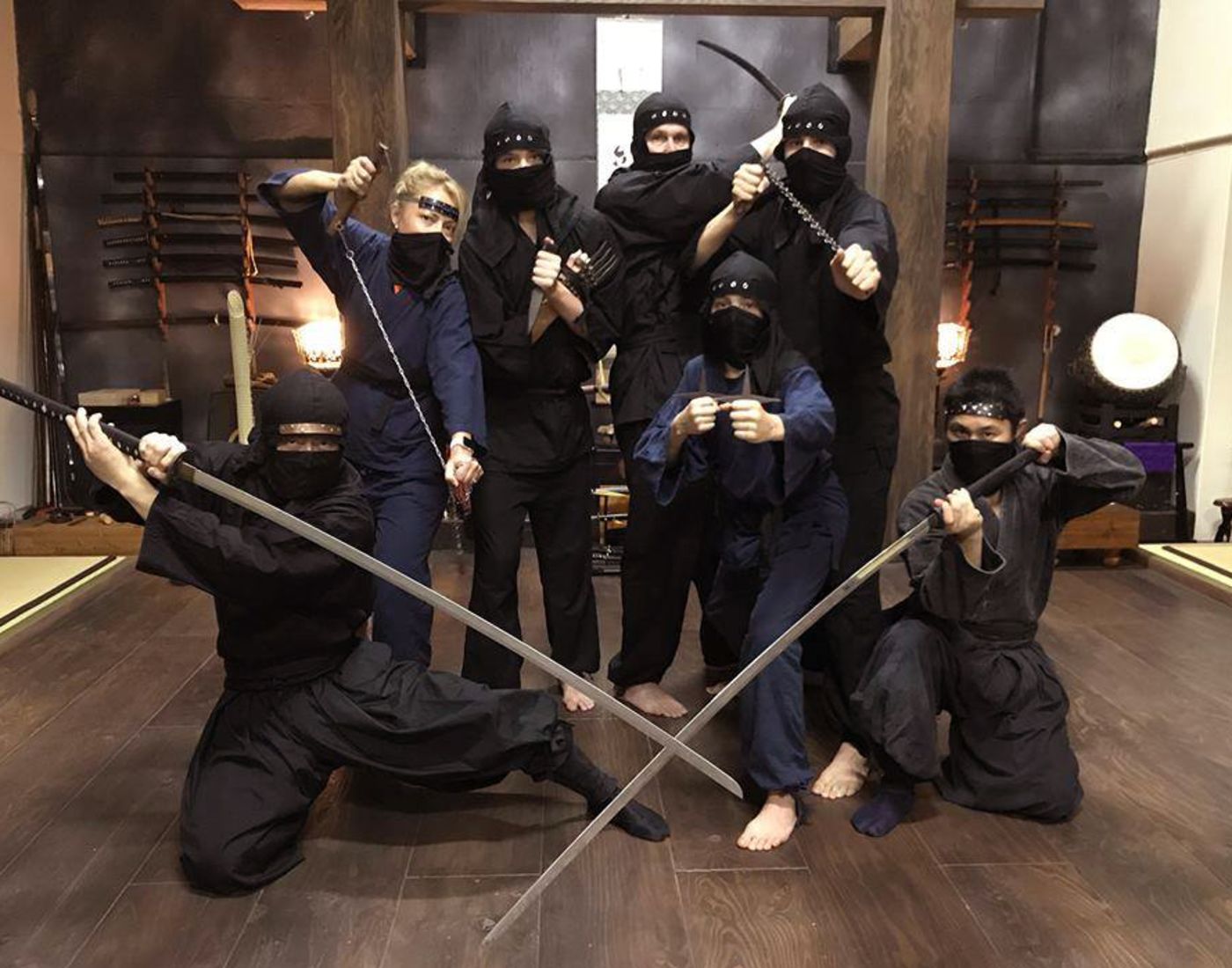Introduction: The Historical Connection Between Ninja and Katana
The Japanese katana is often seen as the symbol of the samurai class, but less known is its crucial role among ninja (shinobi). As covert operatives active from the Muromachi to Edo periods, ninja not only mastered espionage and assassination techniques but also developed a unique system of katana combat. This article explores:
How ninja trained in katana techniques
The tactical value of katanas in ninja missions
Ninja standards for selecting and modifying blades
The influence of katana culture on ninja communities
Keywords: Ninja swordsmanship, ninjatō, modified katana, Iga-ryū, Kōga-ryū
Chapter 1: How Ninja Mastered the Katana
1.1 Unorthodox Training Methods
Unlike the systematic dojo training of samurai, ninja sword education emphasized practicality and stealth:
Environmental simulations: Practicing in bamboo forests, at night, or confined spaces to develop terrain adaptability
Destructive techniques: Targeting vulnerable points like eyes, joints, and arteries (e.g., the "Kasumi-giri" blinding strike)
Extended empty-hand techniques: Adapting disarming moves into "saya-jime" scabbard chokeholds
1.2 Cross-Style Integration
Ninja synthesized techniques from multiple sword schools:
Kage-ryū's curved slashing trajectories
Yagyū Shinkage-ryū's weapon-seizing counters
Katori Shintō-ryū's multiple-opponent strategies
1.3 Unique Spiritual Requirements
Breath control: Syncing attacks with "kuji-kiri" incantations
Visual deception: Using blade reflections for momentary blinding
Psychological warfare: Demonic carvings on hilts to intimidate
Chapter 2: Tactical Applications in Ninja Missions
2.1 Assassinations
Single-edge advantage: Dulled backs for silent throat presses
Shortened blades: 55cm ninjatō (vs. 70cm katana) for indoor combat
Poisoned edges: Aconite-treated blades for instant kills
2.2 Intelligence Gathering
Hollow scabbards: Concealing documents or lockpicks
Acoustic tsuba: Guard designs mimicking animal signals
2.3 Escape Tactics
Light reflection: Polished blades moonlighting as path markers
Climbing hooks: Scabbard tips modified into grappling tools
Chapter 3: Ninja Modifications
3.1 Structural Innovations
Straight blades: Faster draws than curved katanas
Reinforced spines: 7mm thickness (30% thicker than katanas)
Detachable hilts: Compartments for smoke pellets
3.2 Material Science
Composite forging: Hard steel/soft iron "sanmai" laminates
Rust prevention: Persimmon tannin coatings
3.3 Multifunctionality
Spear-mode scabbards: Convertible into short spears
Poison dart hilts: Hidden needle launchers
Chapter 4: Cultural Influence
4.1 Sword-Meditation Fusion
Ninja adapted bushido principles into "Concealment-Speed-Deception":
Concealment: Matte-finish blades eliminating glare
Speed: 5% forward weight bias for quicker strikes
Deception: Irregular hamon patterns disrupting enemy reads
4.2 Cryptographic Uses
Hada codes: Grain patterns marking safehouse locations
Tsuba semiotics: Guard motifs indicating mission types (e.g., spider=surveillance)
4.3 Modern Legacy
Cinematic impact: Kurosawa’s "Kagemusha" inspiring global weapon culture
Sportification: "Ninja obstacle courses" with precision cutting
Collector market: Rare ninjatō fetching $120k+ at Sotheby’s
Chapter 5: Artisan Perspectives
5.1 Specialized Smithing
Low-temp quenching: Preserving blade flexibility for falls
Asymmetrical edges: 28° cutting angle (vs. standard 40°)
5.2 Reproduction Challenges
Material bans: Tamahagane steel restrictions requiring T10 substitutes
Legal limits: Japan’s Sword Law regulating blade lengths
Conclusion: The Katana as Cultural Nexus
In ninja hands, the katana transcended weaponry to become tactical gear, cultural cipher, and spiritual icon—a legacy informing modern special forces equipment design.
Ninja and the Katana The Shadow Tradition of Swordsmanship
